The Lettering Workshops
30 Exercises for Improving Your Hand Lettering Skills
Francis Chouquet
Drawing, Ebook, Print, Print and digital bundle
In The Lettering Workshops, you’ll learn all about the art and practice of drawing letters using hands-on techniques in 30 lessons across five workshops. Whether you’re a beginner or a professional graphic designer, you'll quickly learn how to develop and advance your lettering skills.
In this richly illustrated book of...
Read More
Read More
- eBook: $19.99
| BOOK AUTHOR | Francis Chouquet |
|---|---|
| PAGE COUNT | 160 pages |
| TRIM SIZE | 8 x 10in |
| COVER | Soft Cover - with flaps |
| ISBN | 9781681984445 |
| PUBLISH DATE | 03/2019 |
- TABLE OF CONTENTS
- What Is Lettering?
- Why This Book?
- First Lesson
- Lettering, Calligraphy, or Typography?Basics and Technical Vocabulary
- WORKSHOP 1: DISCOVERING BRUSH LETTERING
- Exercise 1: Finding the Right Position
- Exercise 2: Setting Up a Grid
- Exercise 3: Carrying Out the First Motions
- Exercise 4: Drawing the Letters
- Exercise 5: Connecting the Letters
- Exercise 6: Reworking Your Drafts
- Analysis of Lettering SamplesGallery
- WORKSHOP 2: INTRODUCTION TO SCRIPT LETTERING
- Exercise 1: Discovering the Skeleton Technique
- Exercise 2: Drawing an Alphabet
- Exercise 3: Drawing a Complete Word
- Exercise 4: Lettering in a Classic Script
- Exercise 5: Leaving Your Comfort Zone!
- Analysis of Lettering SamplesGallery
- WORKSHOP 3: USING TYPOGRAPHIC CHARACTERS
- Exercise 1: Embellishing a Letter
- Exercise 2: Practicing on a Complete Word
- Exercise 3: Going Further with Vintage Style
- Exercise 4: Discovering Interlock
- Exercise 5: Practicing Interlock with Serifs
- Exercise 6: Producing a Complete Interlock Lettering ProjectAnalysis of Lettering SamplesGallery
- WORKSHOP 4: THE SECRETS OF GOOD COMPOSITION
- Exercise 1: Thinking in Terms of the Block
- Exercise 2: Completing the First Sketches
- Exercise 3: Choosing the Styles for Each Word
- Exercise 4: Drawing the Skeleton
- Exercise 5: Developing and Finalizing Your Path Analysis of Lettering SamplesGallery
- WORKSHOP 5: DIGITIZATION AND VECTORIZATION
- Exercise 1: Digitizing and Preparing Your Lettering
- Exercise 2: First Steps in Vectorization
- Exercise 3: Testing the Vertex Theory
- Exercise 4: Vectorizing the Entire Lettering Project
- Exercise 5: Critiquing Your Vectorized Lettering Project
- Exercise 6: Preparing Your Lettering Project without Vectorization
- Exercise 7: Isolating the Lettering
- Exercise 8: Adding Texture to the Lettering Project
- Exercise 9: Finalizing the CompositionGallery
- Artists Represented in this BookResources
- Index
2 reviews for The Lettering Workshops
You must be logged in to post a review.

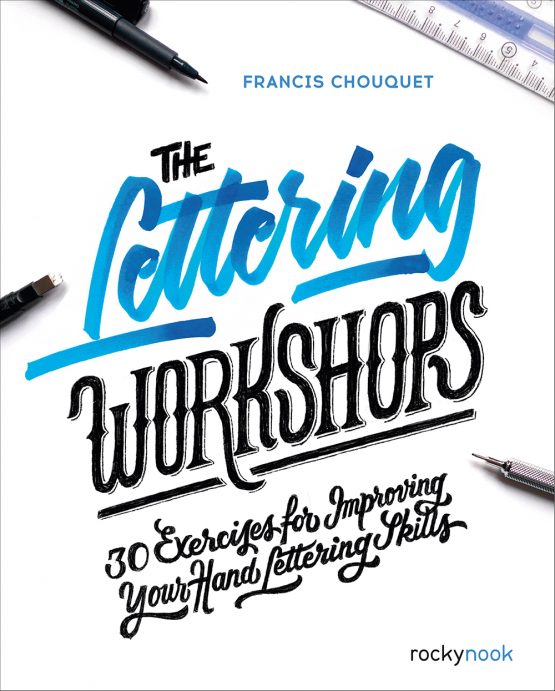
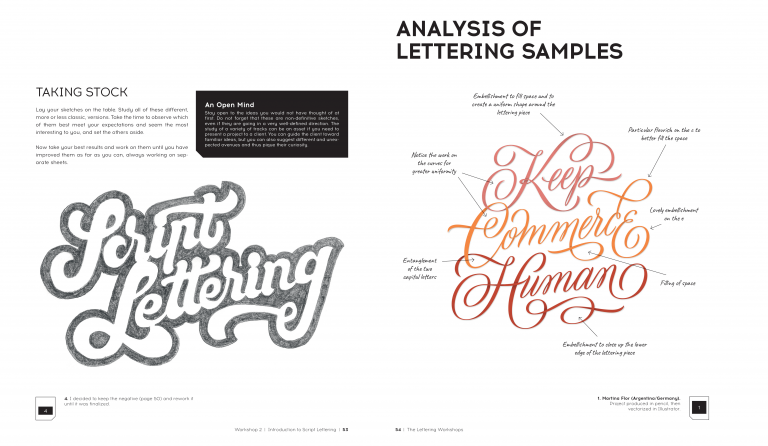
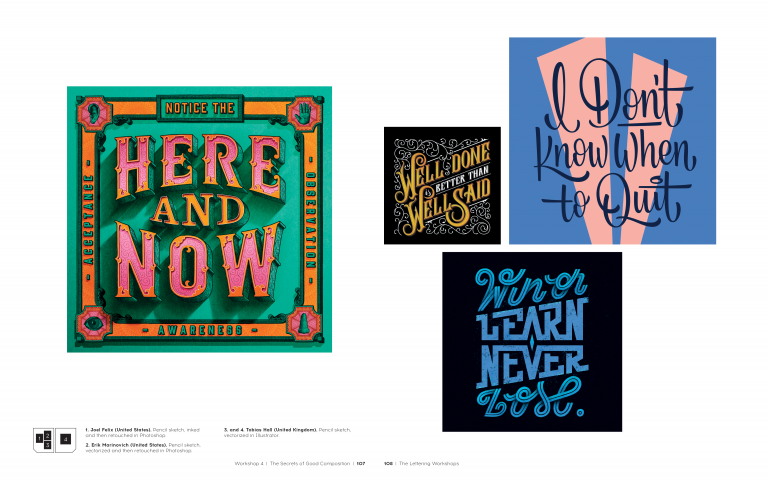
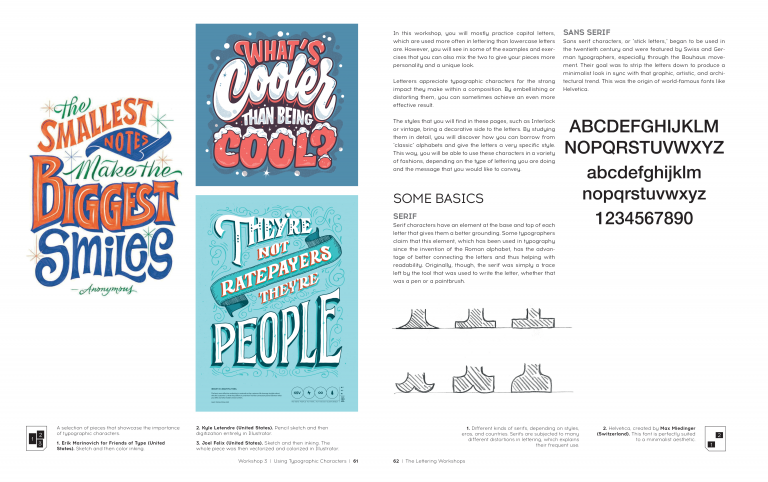
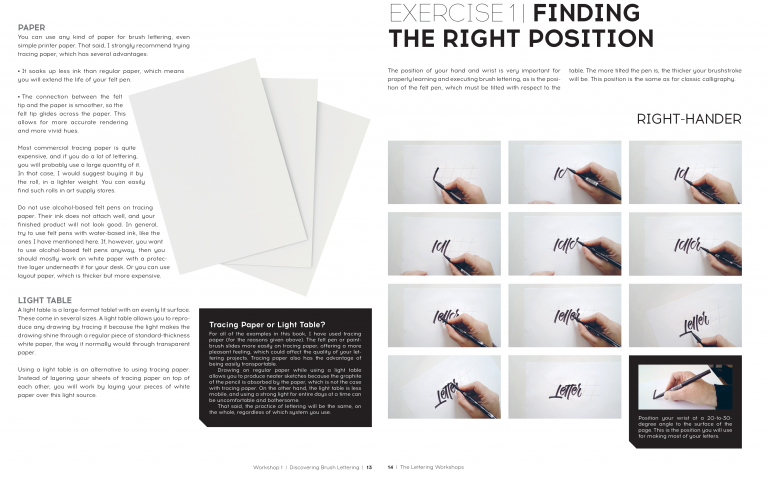
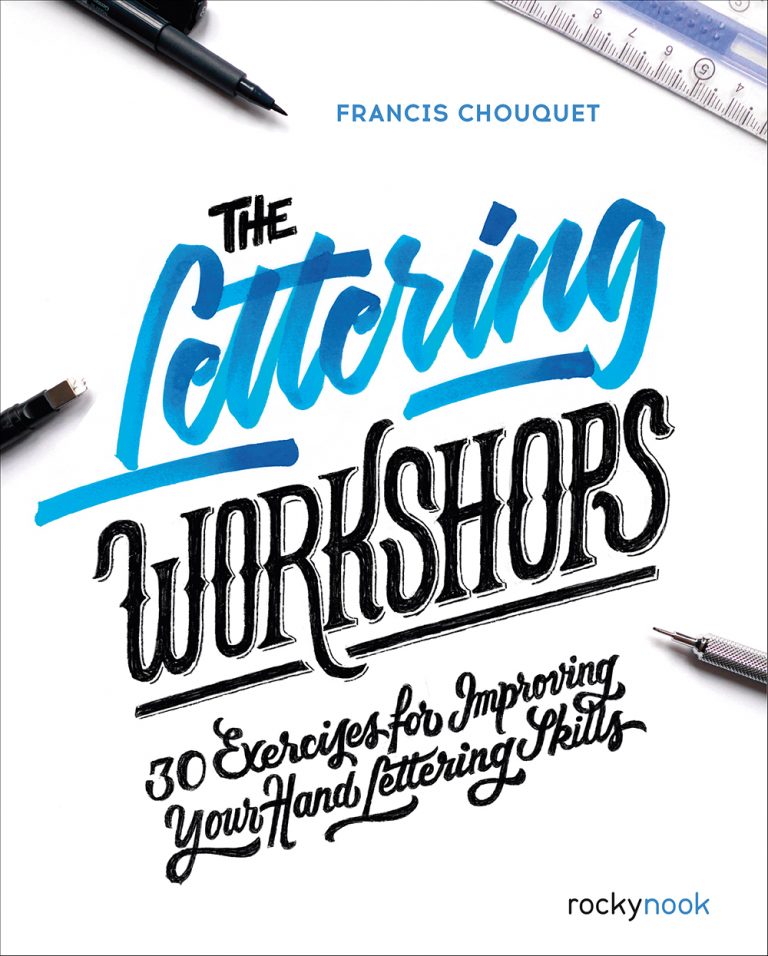
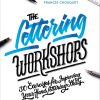
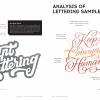
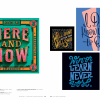
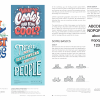
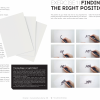
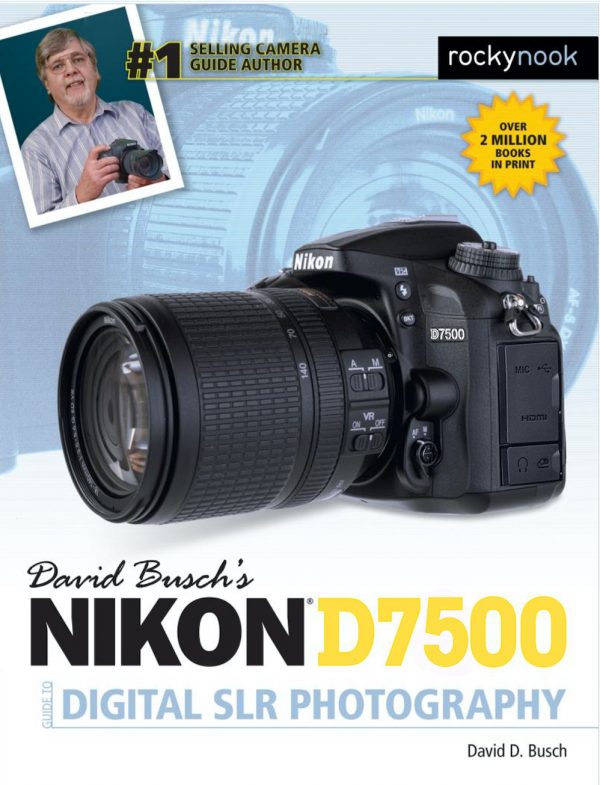
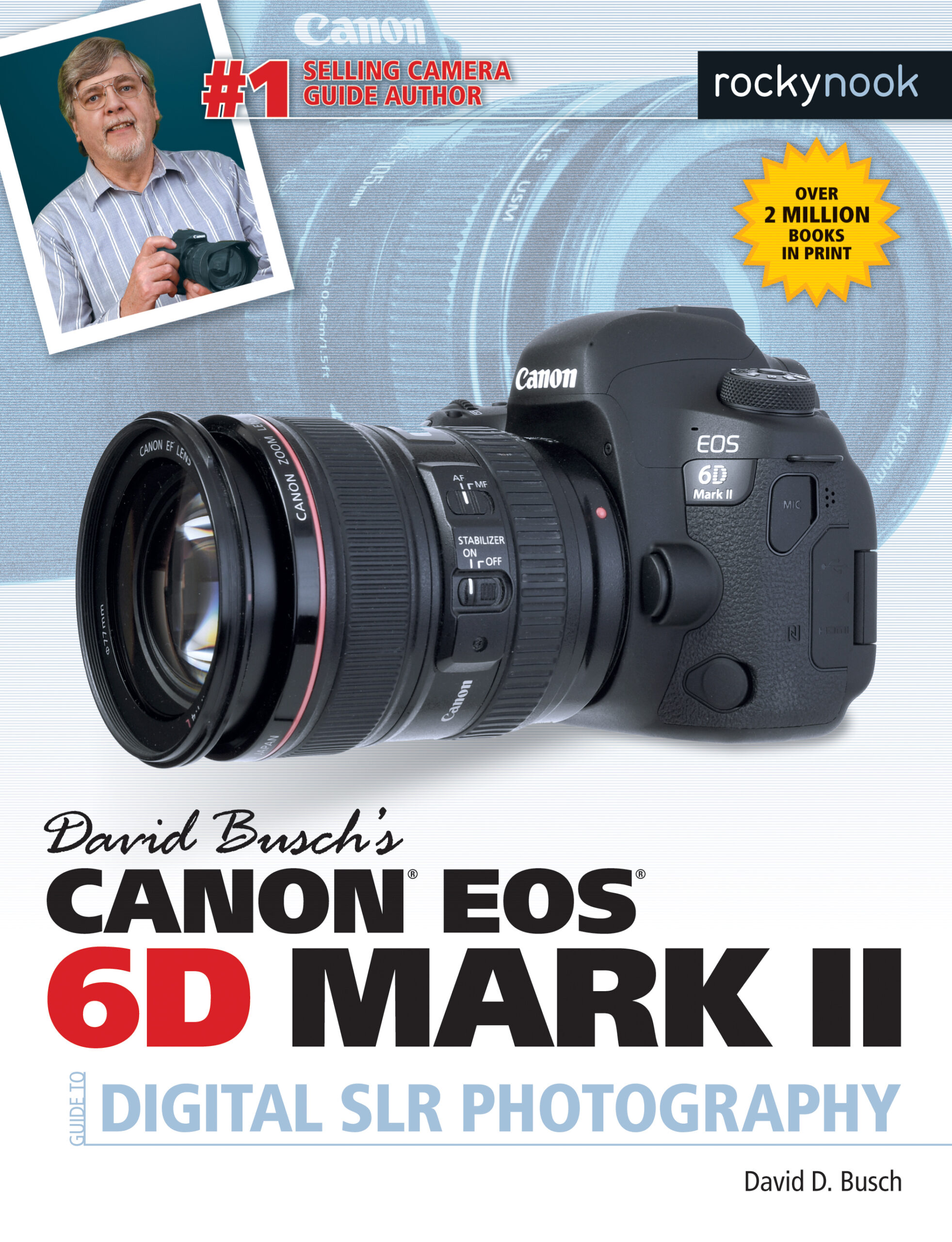
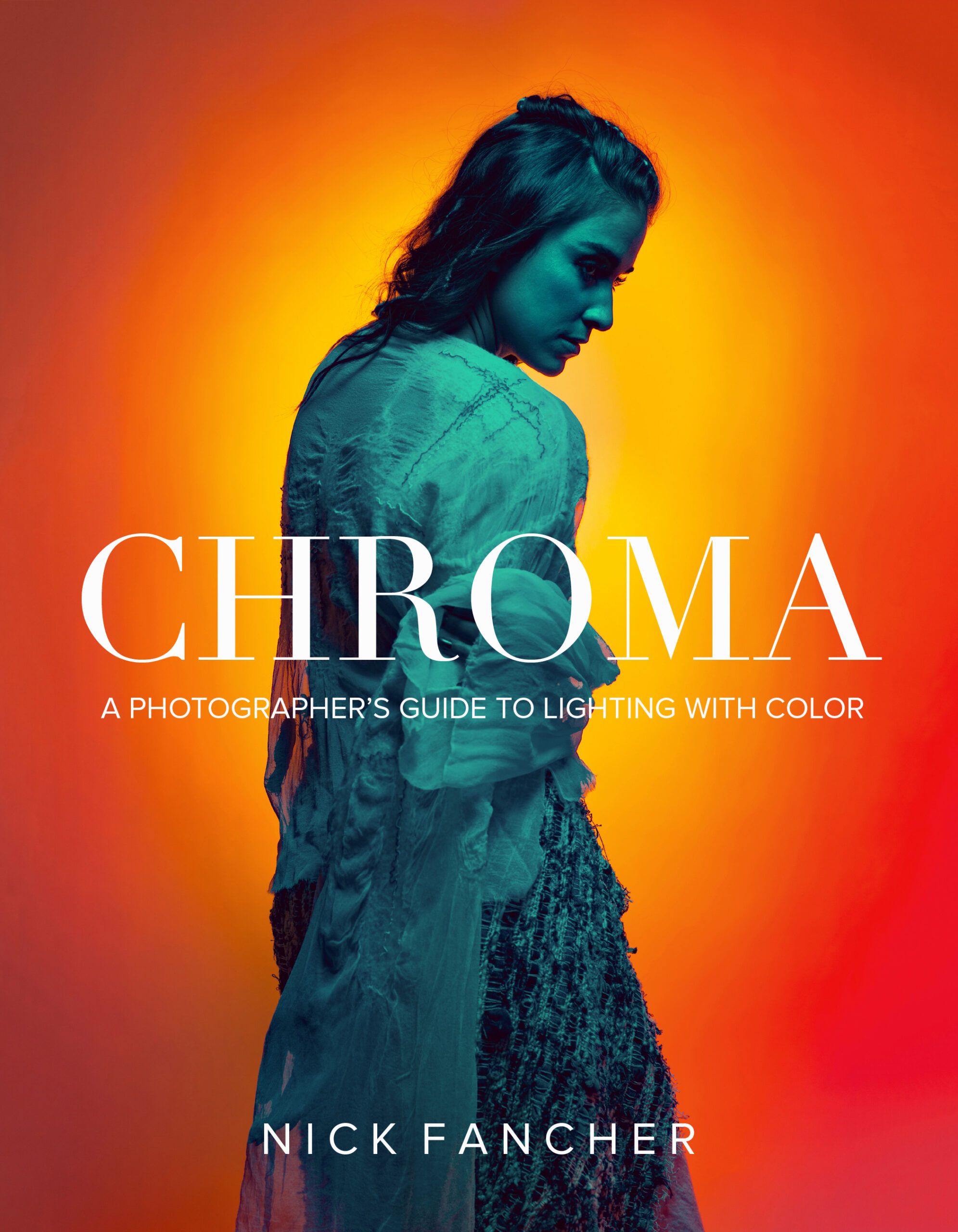
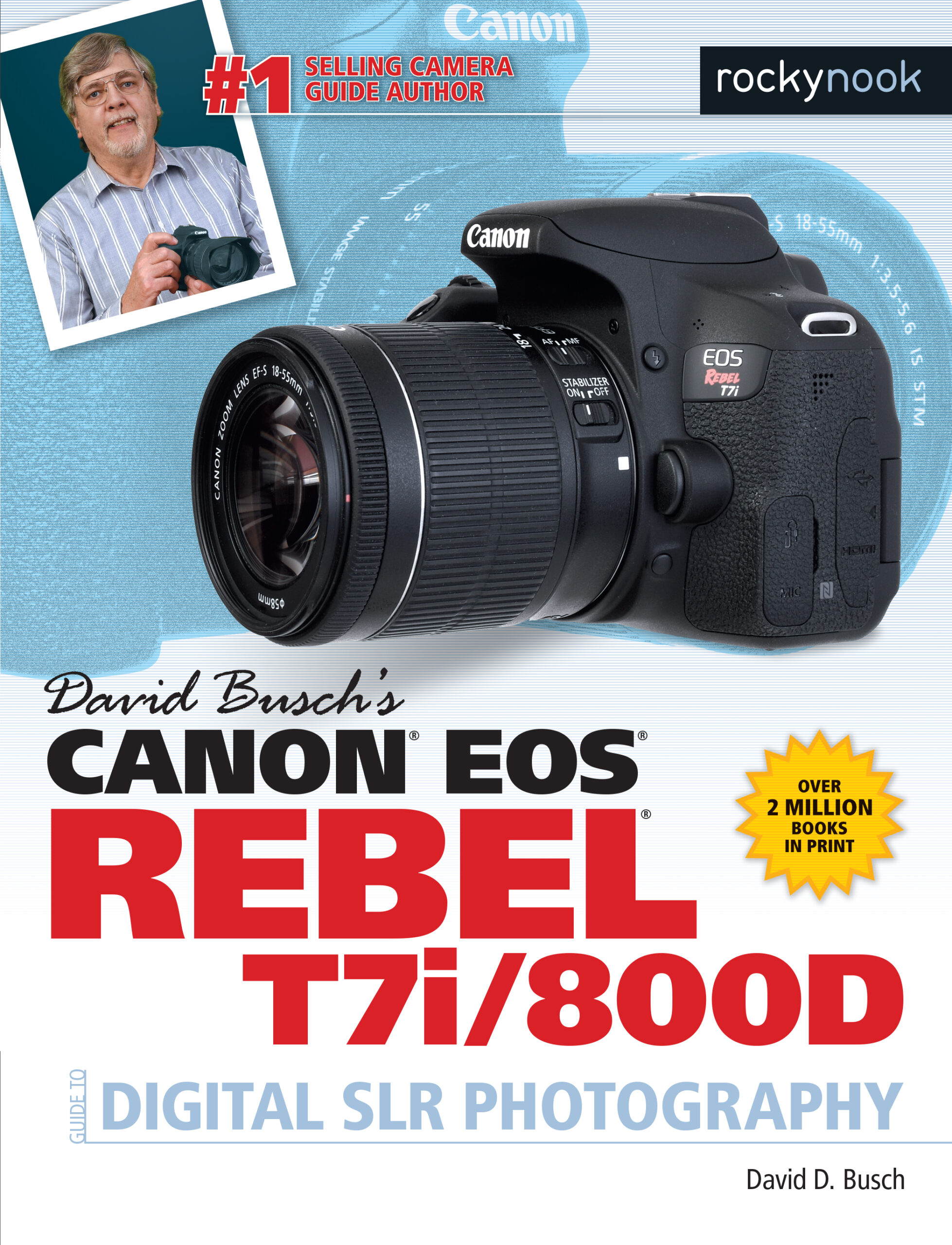
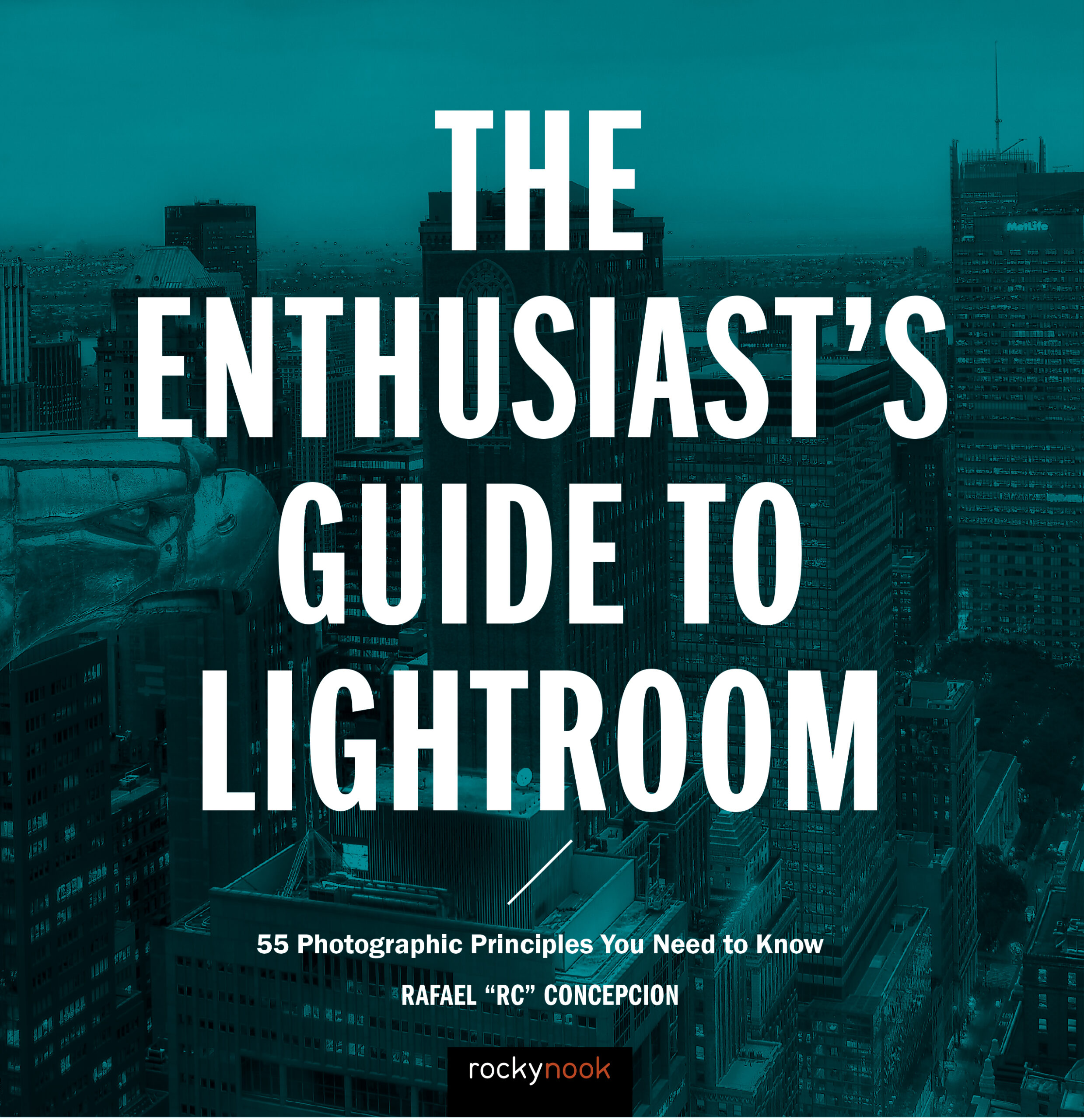
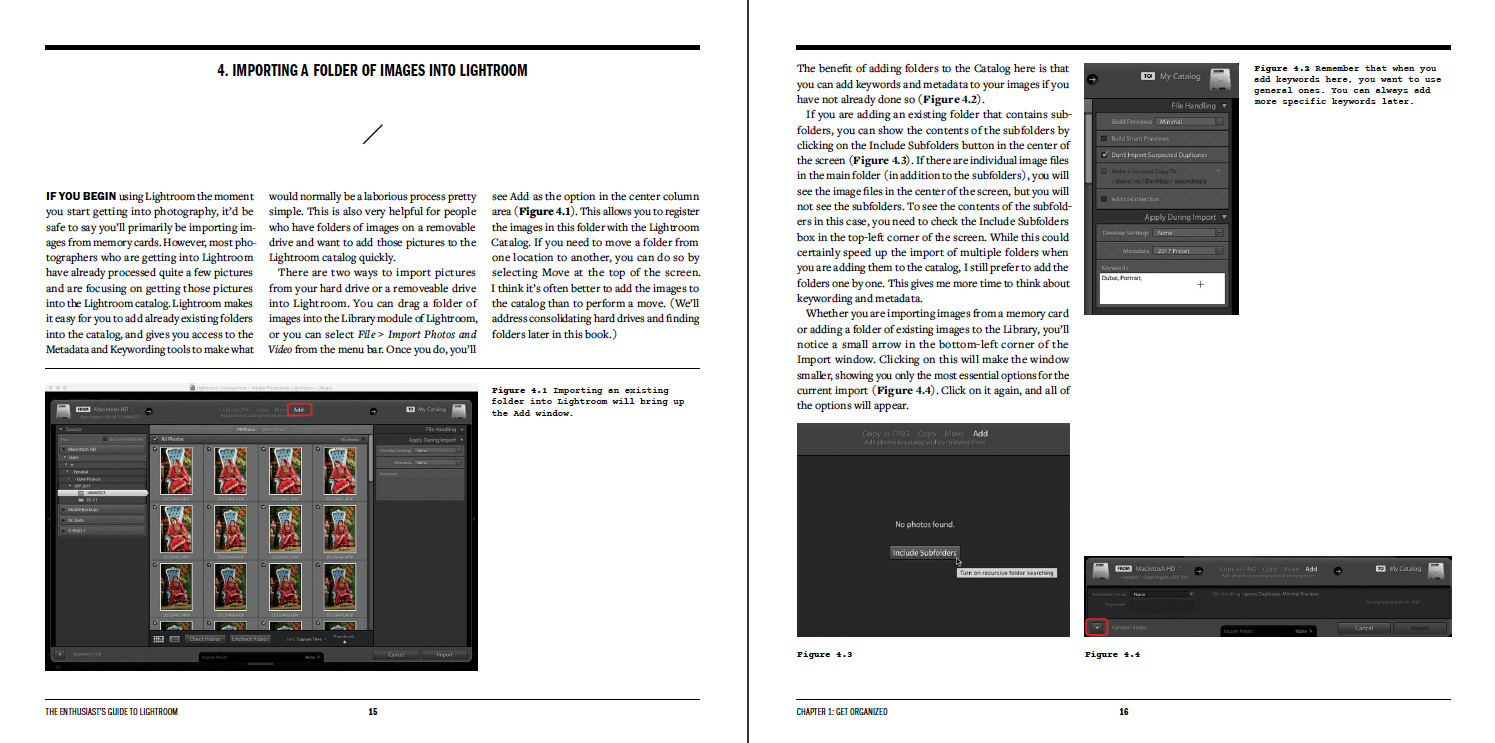

Gloria
Whoa, there’s way more to lettering than I had thought and this book appears to have it all! I will start with my conclusion: I recommend, without reservation, this book for anyone who does lettering and even for those who don’t- you will find it interesting and useful either way. Just reviewing all of the chapters in the table of contents is impressive – I never knew there was so much to lettering! I appreciate that the author gives a brief history of the lettering, that it actually did not begin until the second half of the 19th century. More amazing, it was American letter painters who named the art. Funny how much we don’t know about something we look at every day 🙂 She points to Ford and Coca-Cola as examples of early lettering; looking at them now in a book about the art of lettering, I realize how lovely these logos really are.
Turns out the art of lettering pretty much disappeared once we had computers but happily, she points out, in the last decade vintage lettering “styles have made a comeback.” Yay! I already enjoy this author for the information she gives not to mention the illustrations I’m seeing at the beginning of the book. In one of the first chapters she talks about how to make a grid for your letters to hang on and that reminded me of grade school in the mid-1950s, when we used a grid of sorts to learn handwriting.
In just about any book on photography you were going to see a section on composition. How interesting that there’s a chapter on composition for lettering as well! Much like in photography, composition has a lot to do with thinking about what is important and what you want to convey so that you compose with that in mind. Interesting point is that which composition you choose is going to affect your choice of the style of lettering. Not only that, but the lettering style needs to be consistent with your message’s content.
The author asks us to learn the distinctions among the three general types of letters which are lettering, calligraphy, and typography. Very interesting reading and I know I will appreciate lettering more now when I look at it. She gives an example of Italian brush calligraphy and I am in love with it. At the end of the book the author talks about digitizing the work with software and vectorizing it. Have to say, I had no idea what vectorizing was before this. Turns out Adobe makes great vectorization software – of course, it also makes wonderful photo editing software 🙂
This book covers the gamut of the lettering process and does it in easy to understand language for folks like me who don’t know much about lettering. I found I not only understood what she was saying, I was interested as well. She uses great illustrations for her concepts, many of them commercial works. Some you will easily recognize. As I stated at the outset, I heartily recommend this for people who want to learn lettering, or just want to learn about lettering!
jefforns
This book is a must read for any graphic artist, delineator or photographer that wants to add some ‘bang’ to their work. Any photographer that uses a Wacom tablet or photoshop will enjoy the creations this book teaches. There is a lot more to the art of ‘lettering’ than putting a pen on paper; and this book explains it all. I have been lettering for the past fifty years as a professional architect and really wish I had the this book as a reference. Read it and use it!